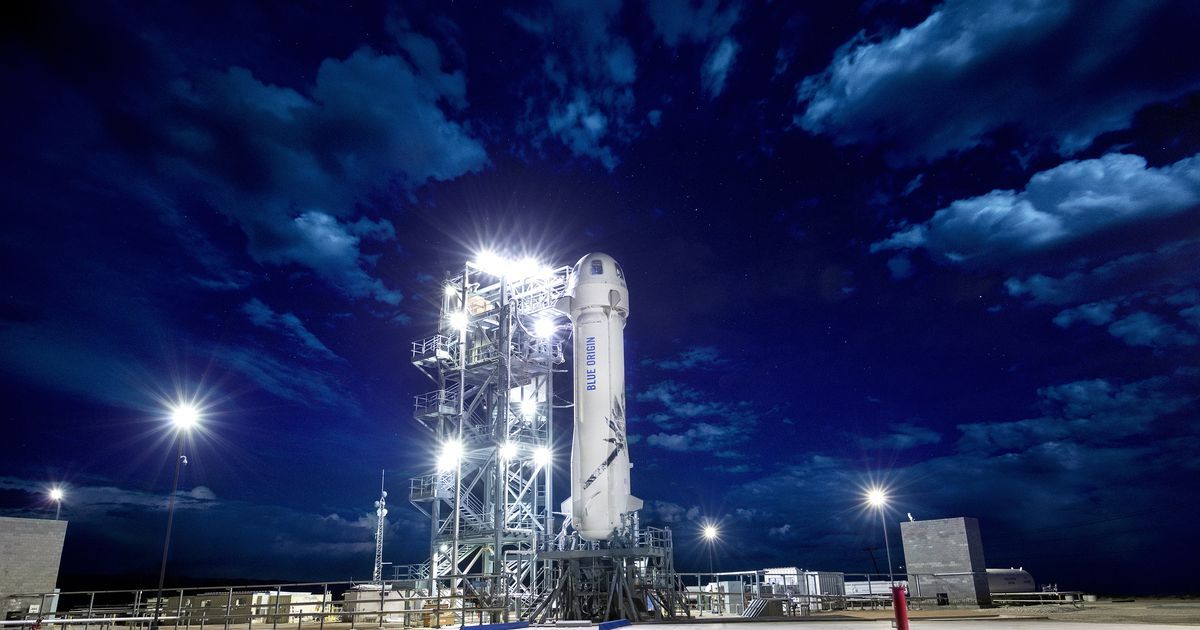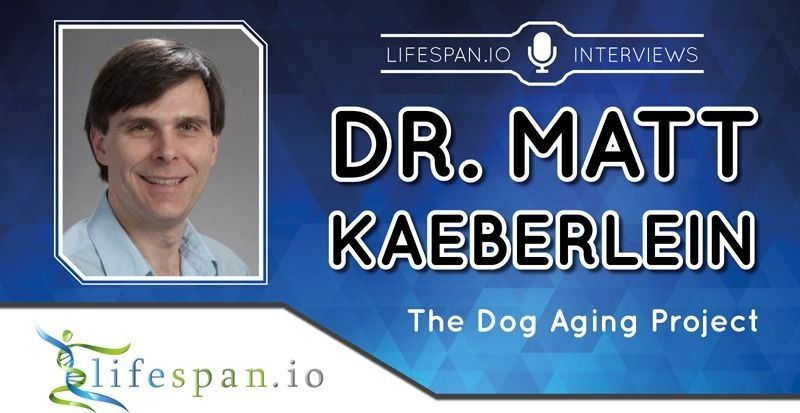The European Commission is proposing a ban on around 10 single-use plastic items that it says account for approximately 70 percent of all garbage in the European Union’s waters and beaches, including cutlery, straws, cotton buds, plates, some coffee cups, and stirrers, CNN Money reported on Monday.
According to CNN’s report, it’s part of a broader plan to shift the European economy away from single-use products that end up going straight into the garbage or the street:
The legislation is not just about banning plastic products. It also wants to make plastic producers bear the cost of waste management and cleanup efforts, and it proposes that EU states must collect 90% of single-use plastic bottles by 2025 through new recycling programs.










